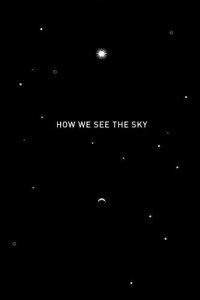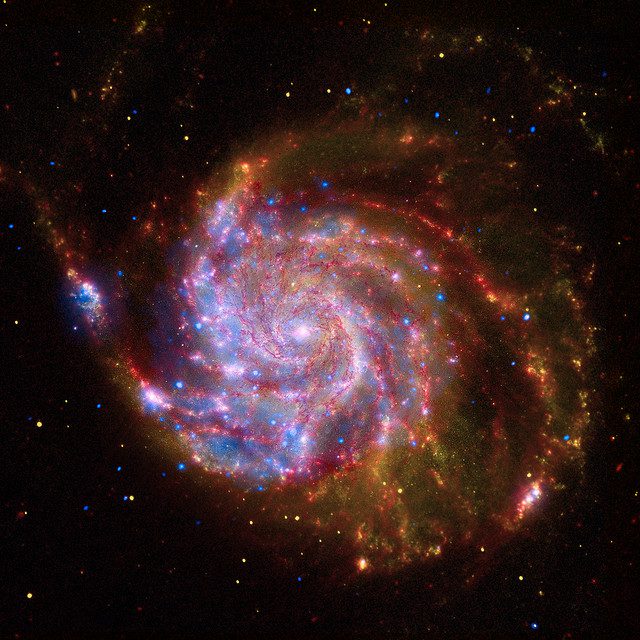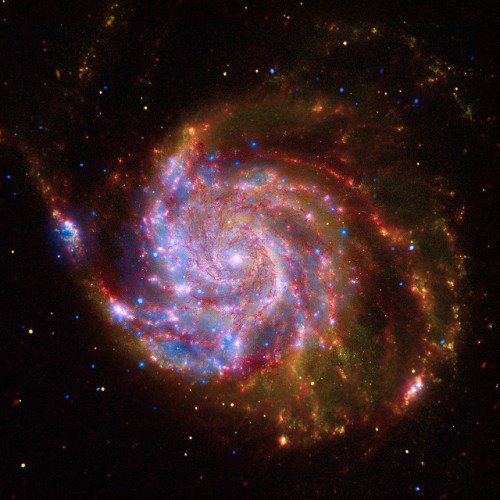 Since time immemorial, humans have gazed at the skies and mapped their mystery. Like any conscious activity, stargazing too takes skill and practice to bequeath its gifts to the gazer. How We See the Sky: A Naked-Eye Tour of Day and Night is a fantastic new stargazing guide by astronomer Thomas Hockey that offers an accessible blueprint to decoding the starry mess of the heavens. From the solstices and equinoxes to the practice of patience, Hockey takes us on an extraordinary journey into the most organic kind of astronomy, the astronomy of the naked eye — a return to the roots of our stargazing ways which, despite the incredible technological advancements of the past few centuries, have actually taken us further away from the sky. (As Keller keenly points out, the average shepherd of yore had a much better view of the sky than we do today.)
Since time immemorial, humans have gazed at the skies and mapped their mystery. Like any conscious activity, stargazing too takes skill and practice to bequeath its gifts to the gazer. How We See the Sky: A Naked-Eye Tour of Day and Night is a fantastic new stargazing guide by astronomer Thomas Hockey that offers an accessible blueprint to decoding the starry mess of the heavens. From the solstices and equinoxes to the practice of patience, Hockey takes us on an extraordinary journey into the most organic kind of astronomy, the astronomy of the naked eye — a return to the roots of our stargazing ways which, despite the incredible technological advancements of the past few centuries, have actually taken us further away from the sky. (As Keller keenly points out, the average shepherd of yore had a much better view of the sky than we do today.)
We are so removed from the sky, and other realms of nature, that often we are not cognizant of ways in which they still affect our lives. Speaking more broadly, a lot of our culture continues to draw upon the sky by way of language, myth, and metaphor. To understand ourselves, I believe the sky still matters. For when early people looked up at, and thought about, the sky, they really were trying to answer what is perhaps the most human question of all: Where am I? What is my place in the universe? So are we.” ~ Thomas Hockey
Beneath the fascinating tour of astronomy’s past and present is the bittersweet admission that we’re barely acquainted with one of the few things we share with every single one of our fellow human beings — but implicit to that admission is also an invitation to get to know this wonderland that is at once so foreign and so fundamental.
For some related fascination, see Ordering the Heavens — a remarkable collection of antique images from the Library of Congress, tracing mankind’s quest to explain the skies.




